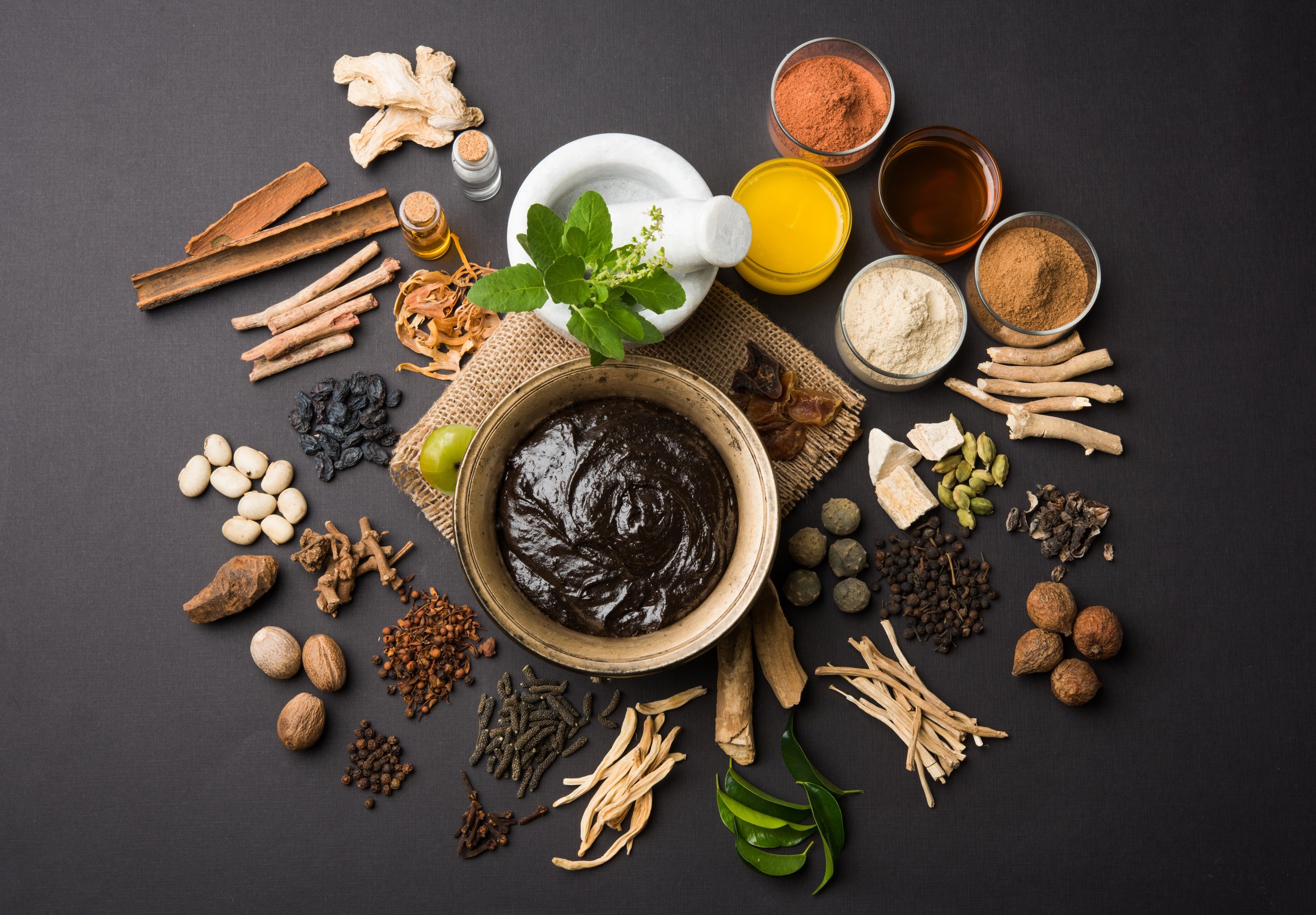HEALTH BENEFITS || Why Fever is Your Friend and Home Remedies for a Fever

It’s our favourite time of the year, but it’s also the most inevitable season of the year, the Flu Season!
Last week, we shared ways to boost our immune systems and to brace ourselves for the winter bug. Today, we want to get in depth about our body temperature, different types of fever, and home remedies for when we do get a fever. And believe it or not, fever is actually our new best friend
Always check your temperature when you’re feeling unwell.
Some basic information about our body temperature - our normal body temperature gravitates around 37°C (98.6°F). When our body is infected with a virus, our temperature rises, and that is when we experience having a fever. However there are different degrees of fevers. A slight fever is when our temperature reaches around 38°C (100.4°F). On the other hand, a high fever is when our temperature rises above 39.5°C (103.1°F).
Not to panic, because a fever is not always a bad sign. When we catch a cold or flu, most of us will experience a mild fever. Surprisingly, a mild fever is a sign that our immune system is going into work. Basically, a fever is a signal for the immune system to fight against an invader like a virus or bacteria in our bodies.
Home Remedies to the RescUE
Thankfully there are home remedies where we can lower our fever and soothe any discomfort we’re experiencing!
Home Remedies
1. Lots of Fluids
It’s important to keep ourselves hydrated, so drink plenty of fluids such as water, juice, and decaffeinated or non-caffeinated tea. Although this may not lower our body temperature, we guarantee it will soothe the symptoms!
2. Ice Cubes
Sucking on ice cubes or popsicles lowers our temperature temporarily. But the advantage of this is that it will help with dehydration and soothe a sore throat.
3. Plenty of Rest
An obvious remedy. In order for our body to fight the virus, it’s important we have lots, and lots of rest. Snooze while the immune system goes into battle with the bad guys!
4. Bone Broth
There’s no doubt that the infection would curb an appetite, which isn’t good because our body needs all the nutrients to fight. Try drinking bone broth as it contains good nutrients that we need to help our body fight against the virus.
5. Eat Small Meals
They say “feed a cold, starve a fever”, but the truth is, you should eat whenever you feel hungry. And if you don’t have much of an appetite, try eating small meals and drinking bone broth.
Eating lighter meals will also help with not overwhelming your digestive system.
6. Humidifier
Using a humidifier will help soothe other cold and flu symptoms such a nasal congestion, runny nose, and dry cough.
It’s time to see the doctor!
Now, for the final question - when should you see your doctor?
If your temperature goes above 40°C (103°F), you should reach out to your healthcare provider. Most fevers can be treated at home, so stay calm and remember to always stay hydrated!








